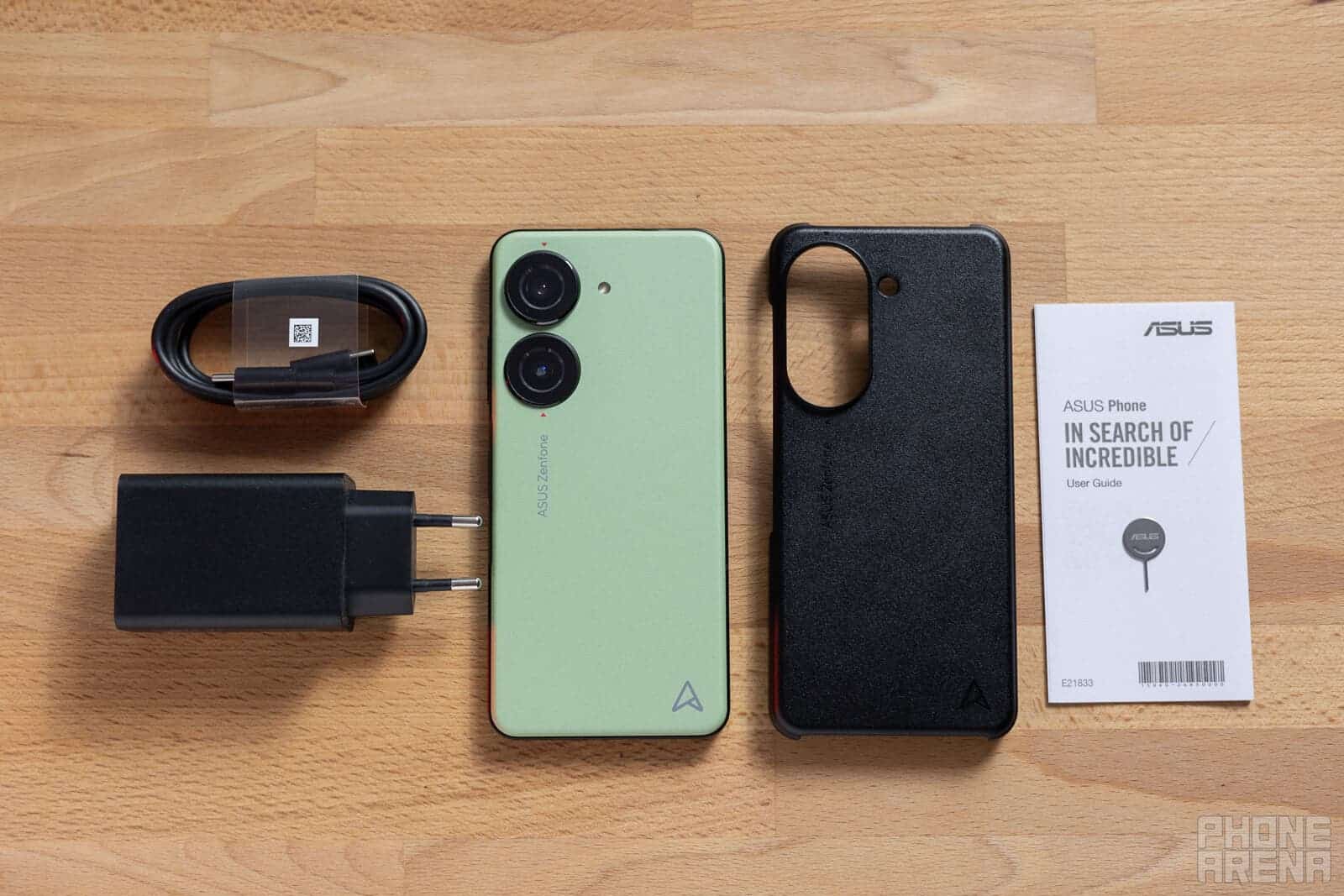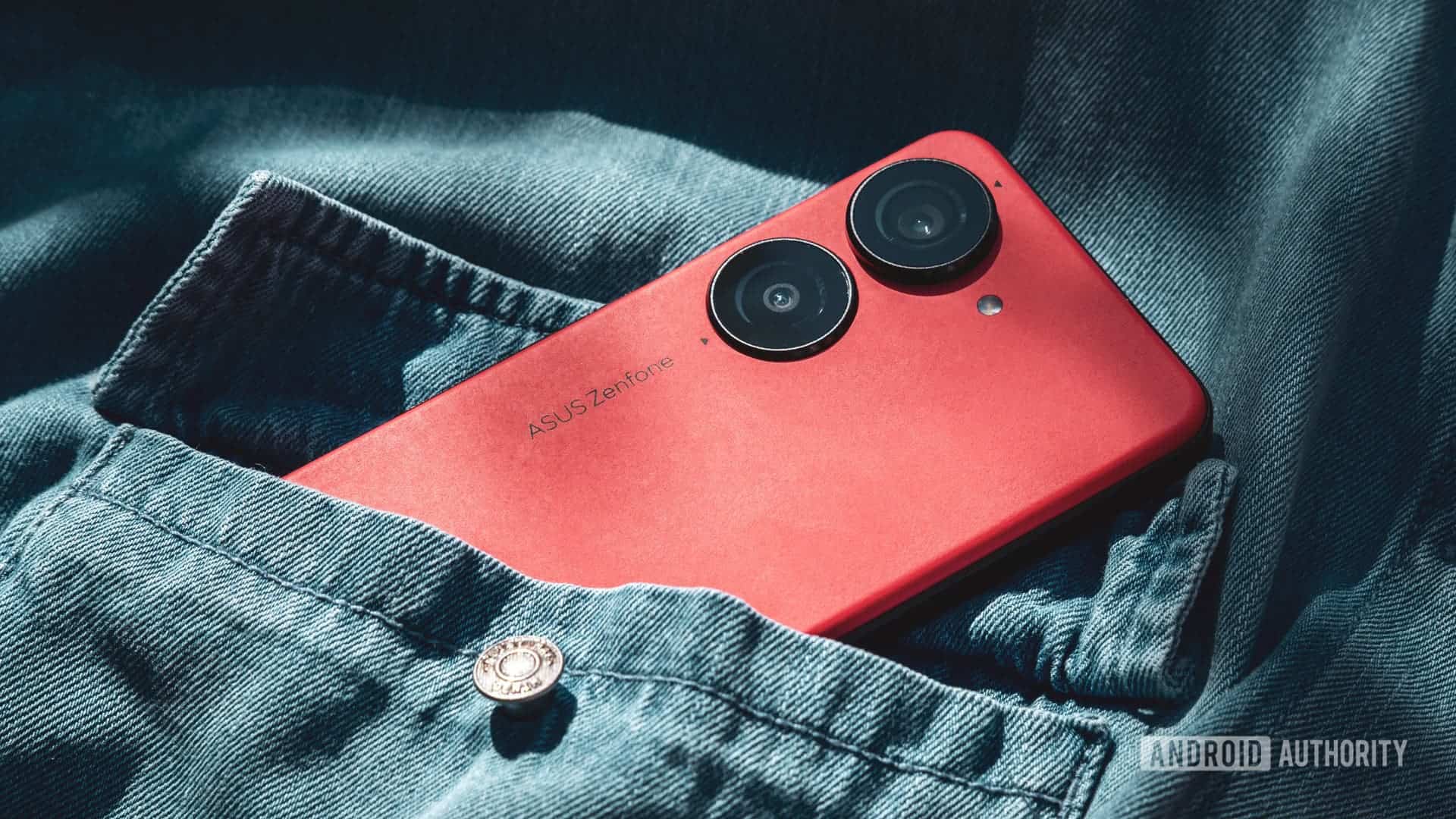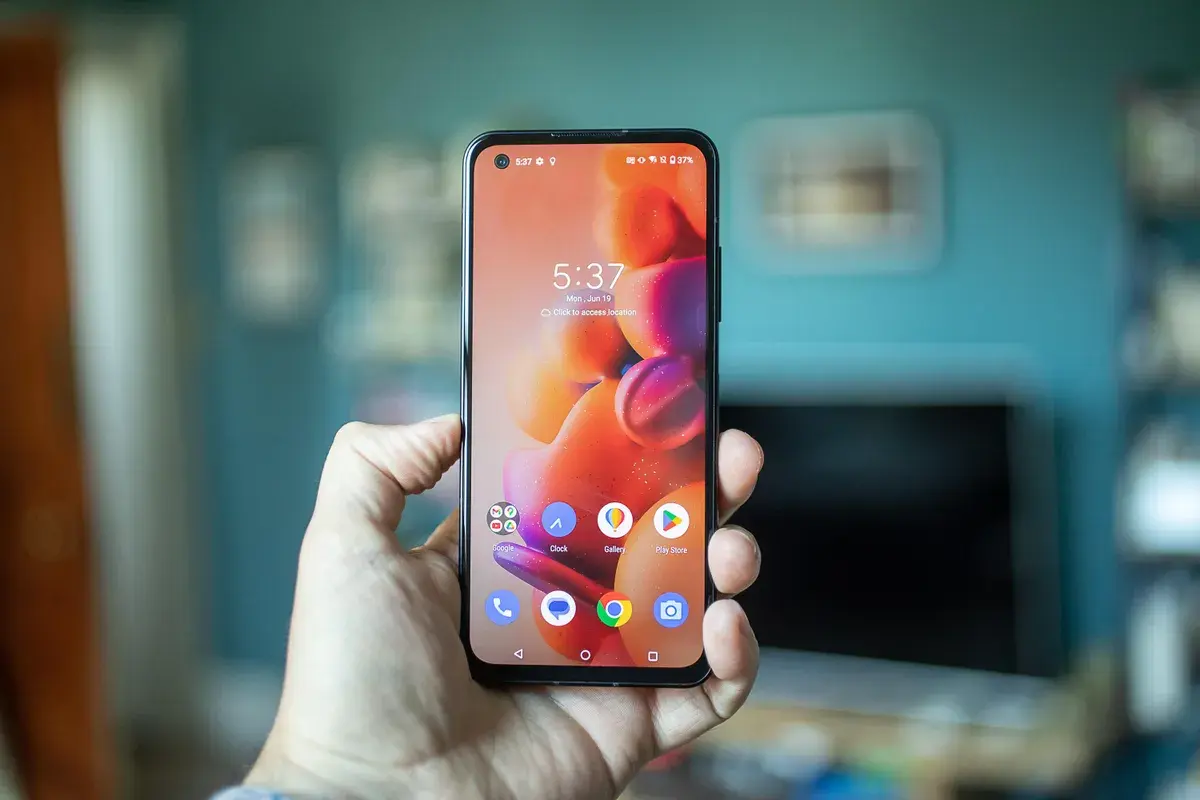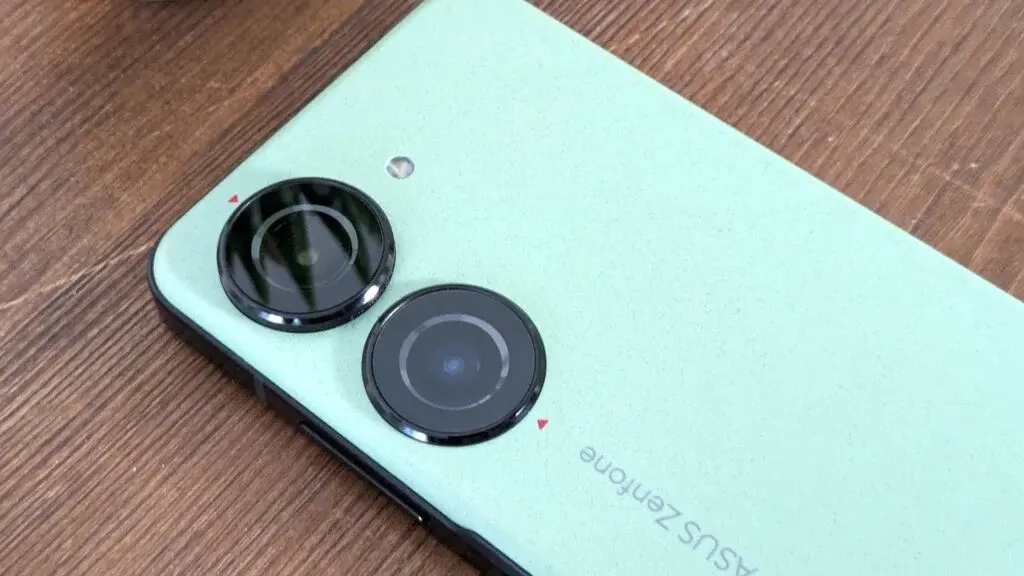Recently, Asus released a flagship device that doesn't really feel like a flagship. Asus Zenfone 10 was introduced on June 29, 2023 with top-notch specifications. The smartphone surpasses all the flagship functions that modern smartphones can have. Given the price, which hovers around 800 euros, this smartphone should be one of the best-selling smartphones this year. However, when it comes to the sales of the Asus Zenfone 10, things could turn even worse for the company.
What can actually affect the sales of this smartphone? We will come to this question shortly. But before that, let's take a quick look at some of the great specs of this smartphone.
Technical characteristics of Asus Zenfone 10
As mentioned earlier, Asus Zenfone 10 has exceptional flagship specifications. First of all, it is equipped with the latest Snapdragon 8 Gen 2 chip with 16 GB of RAM. It features a 5,92 AMOLED display with a 144Hz refresh rate and 445ppi pixel density. The maximum display resolution is 1080 x 2400 pixels with HDR10 support and a brightness of 800 nits (peak brightness 1100 nits). The display is protected by Corning Gorilla Glass Victus for extra durability, and the screen-to-body ratio is 84,8%.
For RAM, you can choose between 8 or 16 GB versions. The UFS 4.0 drive is also available in three capacities: 128GB, 256GB and 512GB. The device features a dual camera setup on the back with a 50-megapixel primary sensor and a 13-megapixel ultra-wide-angle sensor. The camera is also packed with some great features like Gimbal Optical Image Stabilization which provides some of the best image stabilization in the industry.
This masterpiece can even record 8K video at 24fps and 4K at 30/60fps. On the front, there is a hole-punch selfie camera in the upper left corner of the screen, which has a resolution of 32 MP and can record videos in 1080p format at 30 frames per second.
Other features include 30W wired charging that can charge the 4300mAh battery from 0 to 100% in 90 minutes. It also offers 15W wireless charging and 5W reverse wireless charging. You also get a pair of stereo speakers on the Zenfone 10 and of course a 3,5mm headphone jack. Like any other flagship smartphone, the Asus Zenfone 10 is IP68 protected, which prevents water and dust from getting inside the device.
Why the Asus Zenfone 10 may not sell well
As you can see, Asus Zenfone 10 attracts attention with its first-class features. However, converting this attention into sales can be very challenging for a company. Granted, most devices with similar specs cost a lot more than the Zenfone 10, but a few flaws could hurt the sales of this great device. We've highlighted four main drawbacks that may prevent many people from switching to the Asus Zenfone 10, despite its attractive features.
1. Screen size
Asus Zenfone 10 is equipped with a real flagship display with bright colors. An AMOLED display with a refresh rate of 144 Hz and a pixel density of 445 ppi should satisfy any user. However, the 5,92-inch display is too small for the modern user. A few years ago, Apple tried to solve this problem in the iPhone 12 and 13 series, introducing versions of a smaller form factor, which were called "mini". Both the iPhone 12 mini and 13 mini were equipped with 5,4-inch displays with acceptable specifications. However, Apple's plan for smaller smartphones failed, forcing the company to discontinue such devices.
The Asus Zenfone 10's screen is indeed better than Apple's compact devices, but the phone suffers from an average screen resolution of 1080 x 2400 pixels. Most flagship phones do not have such a low resolution. Thanks to this, watching videos or web content looks easier and better than on devices with lower resolutions. In reality, few people would dare to spend 800 euros on a phone of this size, despite its power.
2. Battery life
Well, what do you expect from a device with such small dimensions? Definitely a smaller battery size. Asus Zenfone 10 is not particularly distinguished by a smaller battery size. It packs a 4300mAh battery, which should be plenty for the small screen. Since large screens consume more battery power than small ones, it's worth noting that other components also take their share.
As you already know, Asus Zenfone 10 is equipped with a flagship-level chipset - SD 8 Gen 2 from Qualcomm. It's a very powerful chipset that definitely requires more power to run than entry-level or mid-range chips. In addition, there is a software part that also contributes to power consumption. Therefore, a device with a smaller display but high specs is likely to consume more battery power than another device with low specs.
3. Problem with heating
According to Asus, they placed some coils inside the Zenfone 10 to help control the heat inside the device, which seems like a good move. But the small size of the device just means that users will experience some level of heat if they work with high resource requirements for a while. One of the best ways to control thermal issues inside any gadget is to provide some breathing space.
Based on the specs of the Asus Zenfone 10, you don't need anyone to tell you that there is little or no room to breathe inside the device. The 4300 mAh battery already takes up some of the space, in addition to the wireless charging coil and camera lenses. In short, if you run the same demanding app on the Galaxy S23 Ultra and the Asus Zenfone 10, the Asus will definitely register a higher temperature than the Galaxy S23 Ultra. This is due to the fact that the size of the Samsung allows for easier heat dissipation than the Asus.
4. Asus Zenfone 10 camera quality
Right out of the box, you can say that the Asus Zenfone 10 is not for everyone. We now live in a world where smartphone cameras have become the biggest selling point. Nowadays, it is very rare to see someone trying to buy a new smartphone without checking its camera. When spending €800 on a smartphone, most people expect top-notch camera performance. However, the smaller size of the smartphone simply does not allow installing larger camera sensors.
Also, other sensors such as telephoto and macro lenses may not fit here. Telephoto lenses require a certain amount of space for normal operation. The lens itself should be slightly separated from the sensor in order to be able to zoom. Unfortunately, there is not enough space in the Azus Zenfone 10 to accommodate such mechanisms. It just means that the device will have to make do with smaller sensors and ditch other lenses like the telephoto lens.
Visnovok
There is no denying that the Asus Zenfone 10 is a true flagship device that can easily handle almost any task that other flagship devices can handle. However, most of his problems seem to come down to his size. It's a true flagship device, but its smaller size gives it a few limitations that will make many people wish it was a little bigger than its current size.
The design and feel of the smartphone seems very attractive. But the fact that a smartphone with such a small size has such high specifications will make it quite difficult for users to recommend it or even buy the next version if the size remains the same.
Maybe it’s time for Asus to consider increasing the size a bit to around 6,4″. This will provide more space for a larger battery, higher screen resolution, larger or additional camera lenses, and of course, more room to breathe.








